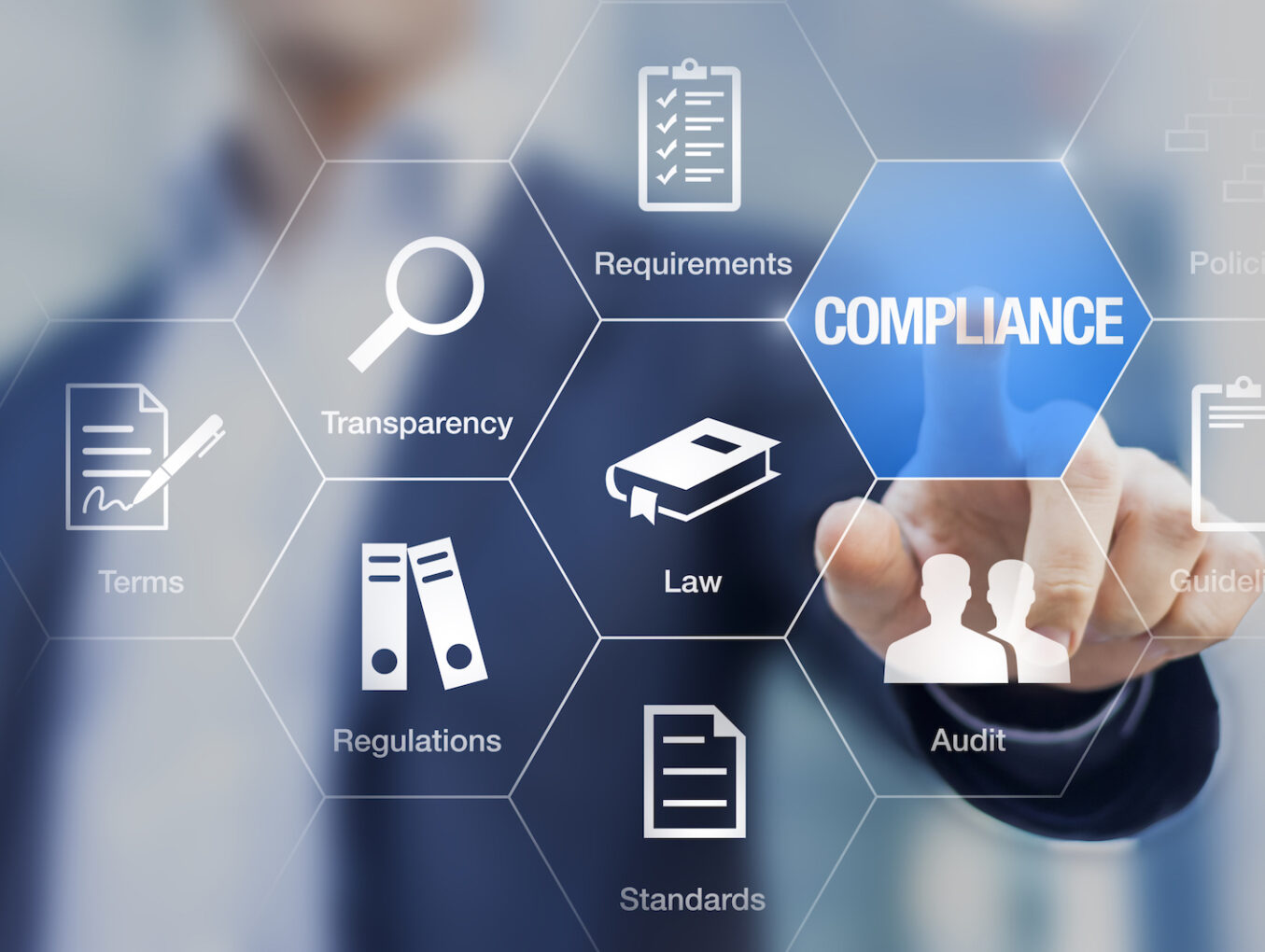Understanding Cybersecurity Maturity Model Certification
With cyber threats becoming increasingly sophisticated and prevalent, it’s crucial to take proactive steps to protect sensitive data and infrastructure. The Cybersecurity Maturity Model Certification (CMMC) 2.0 program is a pivotal framework developed by the Department of Defense (DoD) to bolster the cybersecurity practices of organizations in the Defense Industrial Base (DIB). While initially aimed at defense contractors, CMMC is beginning to influence other industries, making it imperative for companies to adhere to its guidelines.
The Significance of CMMC 2.0 Compliance
The annual Worldwide Threat Assessment report by the Director of National Intelligence consistently identifies cyber threats as a top strategic challenge for the United States. In response to these threats, the DoD introduced a CMMC framework to fortify the cybersecurity of the DIB, particularly to safeguard Controlled Unclassified Information (CUI), a primary target for cybercriminals and adversaries.
CMMC includes three compliance levels: Level 1 (Foundational), Level 2 (Advanced), and Level 3 (Expert). Companies working with CUI are required to achieve at least Level 2 certification. Achieving Level 2 indicates the organization’s capability to securely handle, process, and transmit CUI, aligning with the DoD’s high-priority objectives.
It’s crucial to note that non-compliance can have severe consequences. Organizations handling CUI are also subject to Defense Federal Acquisition Regulation Supplement (DFARS) 252.204 clauses 7012, 7019, and 7020, which invoke rigorous cybersecurity requirements. Achieving compliance with NIST SP 800-171, which has been the law since 2017, is a stepping-stone towards CMMC certification.
The Road to CMMC Level 2 Certification
To obtain CMMC Level 2 certification, organizations must adopt a comprehensive approach that combines technology solutions with sound policies and procedures. This approach ensures the security of CUI, which is commonly exchanged through file sharing and email.
The key steps to achieve CMMC Level 2 compliance include:
End-to-End Encryption: End-to-end encryption is a fundamental element of CMMC Level 2 compliance. This technology ensures that data is encrypted at the sender’s device and only decrypted on the recipient’s device. It prevents unauthorized access and guarantees that even if data is intercepted, it remains indecipherable.
Encrypted Logs: Maintaining logs of user and admin activities is crucial for monitoring and tracing malicious activities. Encrypted logs are tamper-proof and enhance security by protecting log integrity.
Cloud-Based Services: Cloud-based services offer cost-effective, scalable, and compliant solutions. While some organizations hesitate to trust the cloud with sensitive information, end-to-end encryption ensures data remains encrypted on the cloud server, where even the service provider cannot access decryption keys.
Key-Based Authentication: Replacing passwords with key-based authentication enhances security. Private cryptographic keys, stored on the user’s device, make it nearly impossible for attackers to gain unauthorized access. Key-based authentication improves Identification & Authentication, systems & Communications Protection, and Systems & Informational Integrity control families.
Administrative Distributed Trust: In many IT systems, administrators have elevated access privileges, making them prime targets for attackers. By requiring multiple authorizations for sensitive actions, trust is distributed among approvers, reducing the risk of central points of attack. Distributed trust helps address the fundamental security principle of eliminating central points of attack.
CMMC Level 2 Compliance
Achieving CMMC Level 2 compliance is a comprehensive endeavor that involves implementing the principles mentioned above. It’s also essential to consider that the DoD has been stepping up enforcement of NIST SP 800-171 since 2020, with self-assessment scores required to be reported to the DoD’s Supplier Risk Performance System (SRPS).
CMMC Level 2 certification will be based on a combination of self- and third-party. Companies aiming to reach CMMC Level 2 must strive for excellent self-assessment scores, particularly for the highest weighted NIST SP 800-171 controls.
The Future of CMMC Compliance
CMMC compliance is a critical aspect of cyber security and ensuring the integrity of sensitive information. As the DoD moves forward with the CMMC program, organizations must be proactive in preparing for the rigorous requirements.
To streamline the journey to CMMC Level 2 certification, organizations can leverage technology solutions, expert guidance, and partnerships with certified assessors.
CMMC 2.0 compliance is more than a regulatory necessity—it’s a strategic imperative for organizations that handle sensitive information, particularly those engaged with the Department of Defense. The modern cybersecurity principles of end-to-end encryption, key-based authentication, and distributed trust are fundamental in achieving compliance with CMMC Level 2. By embracing these principles and leveraging technology solutions, organizations can secure CUI and position themselves for success in an increasingly regulated and cyber-threat-prone landscape.
Contact an expert from Axis Computer Networks today and protect yourself from compliance pitfalls.

